The rise of blockchain technology has brought numerous innovations, but it has also introduced challenges such as scalability, high transaction fees, and slow processing times. Enter Layer-2 solutions: the key to overcoming these limitations and unlocking the full potential of blockchain networks.
This blog will explore what Layer-2 solutions are, how they work, and their importance in the crypto ecosystem. Ready to elevate your crypto journey? Use code “BLOG” at checkout to receive a 10% discount on EPIQ Trading Floor’s membership. Plus, enjoy a risk-free 3-day trial to access all our tools and resources—cancel anytime within 72 hours without being charged.
What Are Layer-2 Solutions?
Layer-2 solutions are secondary frameworks or protocols built on top of a blockchain’s base layer (Layer 1) to enhance its scalability and performance. They are designed to handle transactions off-chain or through optimized mechanisms, reducing the load on the main blockchain while maintaining its security and decentralization.
Key Features of Layer-2 Solutions
- Scalability: Increased transaction throughput and reduced congestion.
- Cost Efficiency: Lower transaction fees compared to Layer-1 transactions.
- Security: Leverages the security of the underlying blockchain.
Popular Layer-1 blockchains like Ethereum, Bitcoin, and Binance Smart Chain often rely on Layer-2 solutions to address scalability challenges.
How Do Layer-2 Solutions Work?
Layer-2 solutions offload transaction processing from the main blockchain, enabling faster and cheaper transactions. Here’s how they typically function:
1. Off-Chain Transactions
Transactions are processed off the main chain and aggregated before being submitted to the base layer as a single batch, reducing network congestion.
2. State Channels
State channels allow participants to execute multiple transactions off-chain, only settling the final result on the main blockchain.
3. Rollups
Rollups bundle multiple transactions into a single one for submission to the main chain, significantly reducing transaction fees.
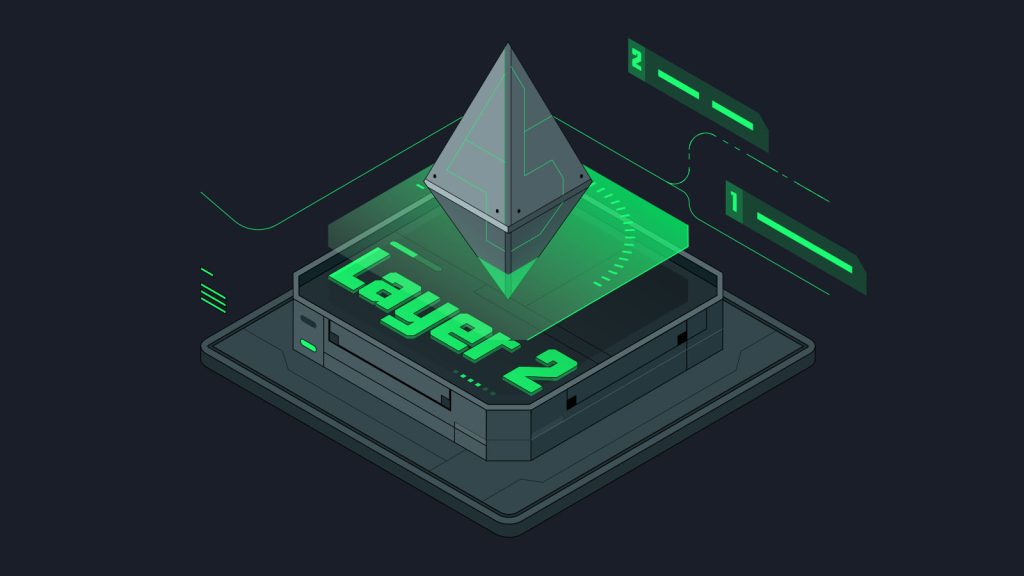
Types of Layer-2 Solutions
1. Payment Channels
Payment channels, such as the Lightning Network for Bitcoin, allow for off-chain transactions between two parties, enabling faster payments.
2. Rollups
- Optimistic Rollups: Assume transactions are valid unless proven otherwise, reducing computation on the main chain.
- ZK-Rollups: Use zero-knowledge proofs to validate transactions, offering higher security.
3. Sidechains
Sidechains are separate blockchains connected to the main blockchain via a bridge, enabling independent transaction processing.
4. Plasma
Plasma chains are smaller blockchains that offload transactions from the main chain but rely on it for security.
Why Layer-2 Solutions Matter
Layer-2 solutions are essential for addressing the scalability trilemma: balancing decentralization, security, and scalability. Here’s why they are crucial:
1. Solving Scalability Issues
Blockchains like Ethereum often experience congestion, leading to high fees and slow processing times. Layer-2 solutions provide a way to scale without compromising decentralization.
2. Reducing Transaction Costs
By processing transactions off-chain, Layer-2 solutions drastically reduce transaction fees, making blockchain applications more accessible to users.
3. Enabling Mass Adoption
Layer-2 solutions pave the way for blockchain technology to handle the demands of global adoption by increasing efficiency and reducing costs.
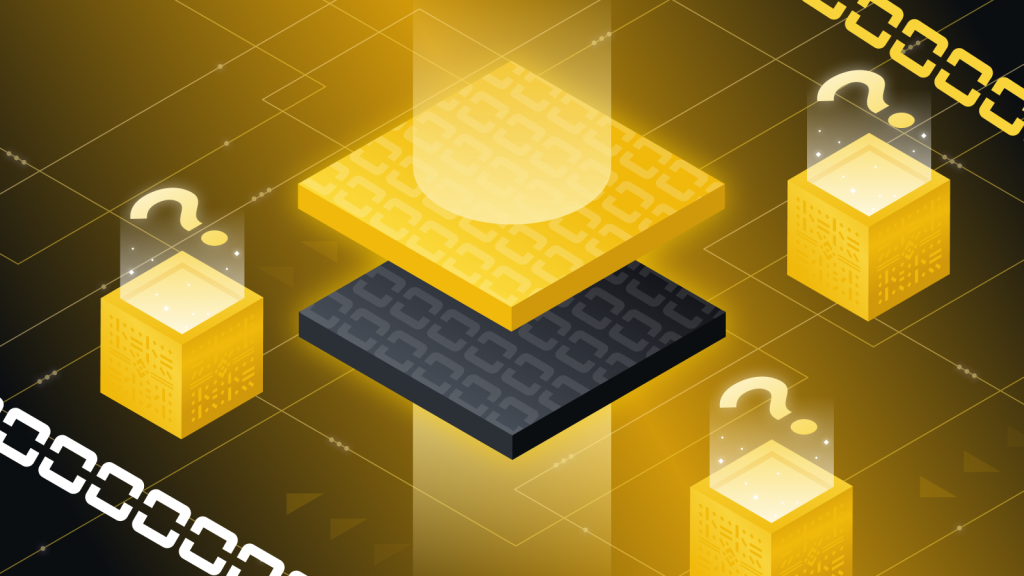
Use Cases of Layer-2 Solutions
1. DeFi Applications
Decentralized finance platforms use Layer-2 solutions to handle high transaction volumes without incurring excessive fees.
2. Gaming and NFTs
Blockchain-based games and NFT platforms rely on Layer-2 solutions for fast and cost-effective transactions.
3. Micropayments
Layer-2 solutions enable micropayments, which are impractical on Layer-1 due to high fees.
Examples of Layer-2 Solutions
1. Polygon
Polygon (formerly Matic Network) is a popular Layer-2 solution for Ethereum that offers faster transactions and lower fees. Many DeFi and NFT projects use Polygon to scale their operations.
2. Lightning Network
The Lightning Network is a Layer-2 solution for Bitcoin that enables near-instant transactions at minimal cost, making it ideal for microtransactions.
3. Arbitrum and Optimism
These are optimistic rollup solutions for Ethereum, providing scalable and cost-effective environments for dApps.
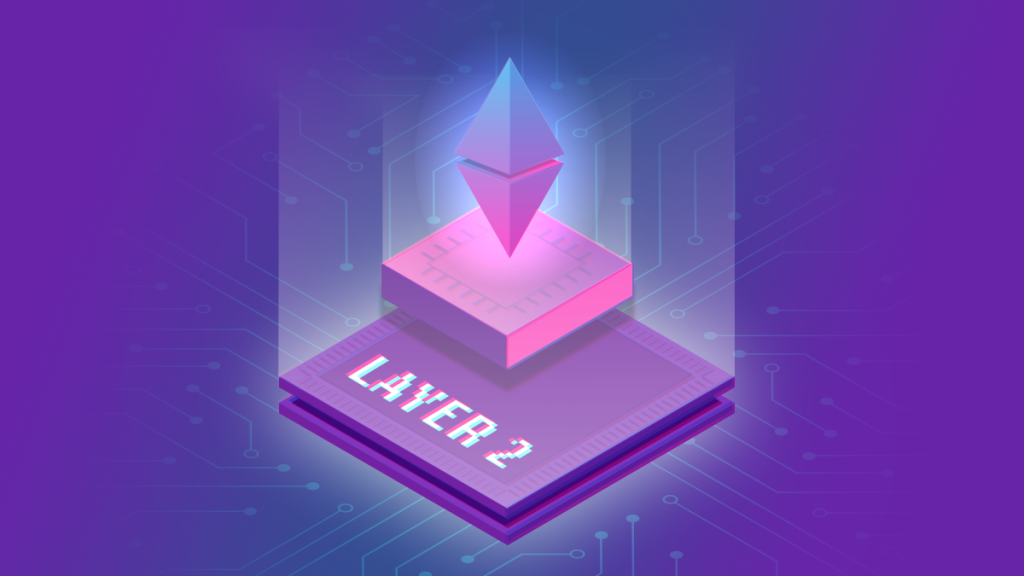
Challenges Facing Layer-2 Solutions
1. Security Risks
While Layer-2 solutions rely on Layer-1 for security, vulnerabilities in their protocols can pose risks.
2. User Experience
Interacting with Layer-2 solutions often requires additional steps, which can be intimidating for newcomers.
3. Interoperability
Ensuring seamless interaction between Layer-2 and Layer-1 solutions remains a challenge.
How to Integrate Layer-2 Solutions into Your Trading Strategy
1. Leverage Lower Fees
Use Layer-2 solutions for trading and DeFi activities to minimize transaction costs.
2. Monitor Adoption Trends
Stay updated on which Layer-2 solutions are gaining traction and becoming widely adopted.
3. Experiment with Platforms
Explore platforms like Polygon and Arbitrum to familiarize yourself with Layer-2 applications.
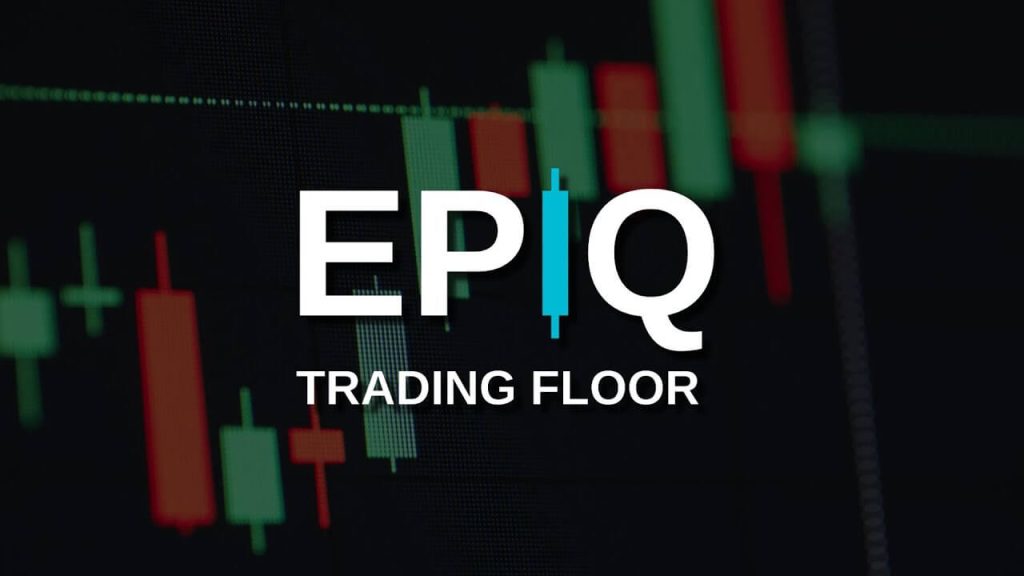
How EPIQ Trading Floor Can Help
Navigating the evolving crypto landscape requires reliable tools and resources. At EPIQ Trading Floor, we provide access to:
- Exclusive Member Access: Our Members Only app includes trade signals, Member’s only livestreams, and options for one-on-one coaching.
- Educational Resources: Learn from expert traders and enhance your strategies.
- Community Support: Connect with like-minded individuals for shared insights and advice.
Sign up today to take advantage of a risk-free 3-day trial. Explore all the tools and resources we offer, and if it’s not for you, cancel anytime within the first 72 hours without being charged. Don’t forget to use code “BLOG” at checkout for a 10% discount on your membership!
Conclusion
Layer-2 solutions are revolutionizing the blockchain space by addressing scalability, cost, and efficiency challenges. As these solutions continue to evolve, they will play a pivotal role in driving the mass adoption of blockchain technology.
Disclaimer: The information provided in this blog is for educational purposes only and does not constitute financial advice. Cryptocurrency investments involve significant risk, and you should consult with a financial advisor before making investment decisions.


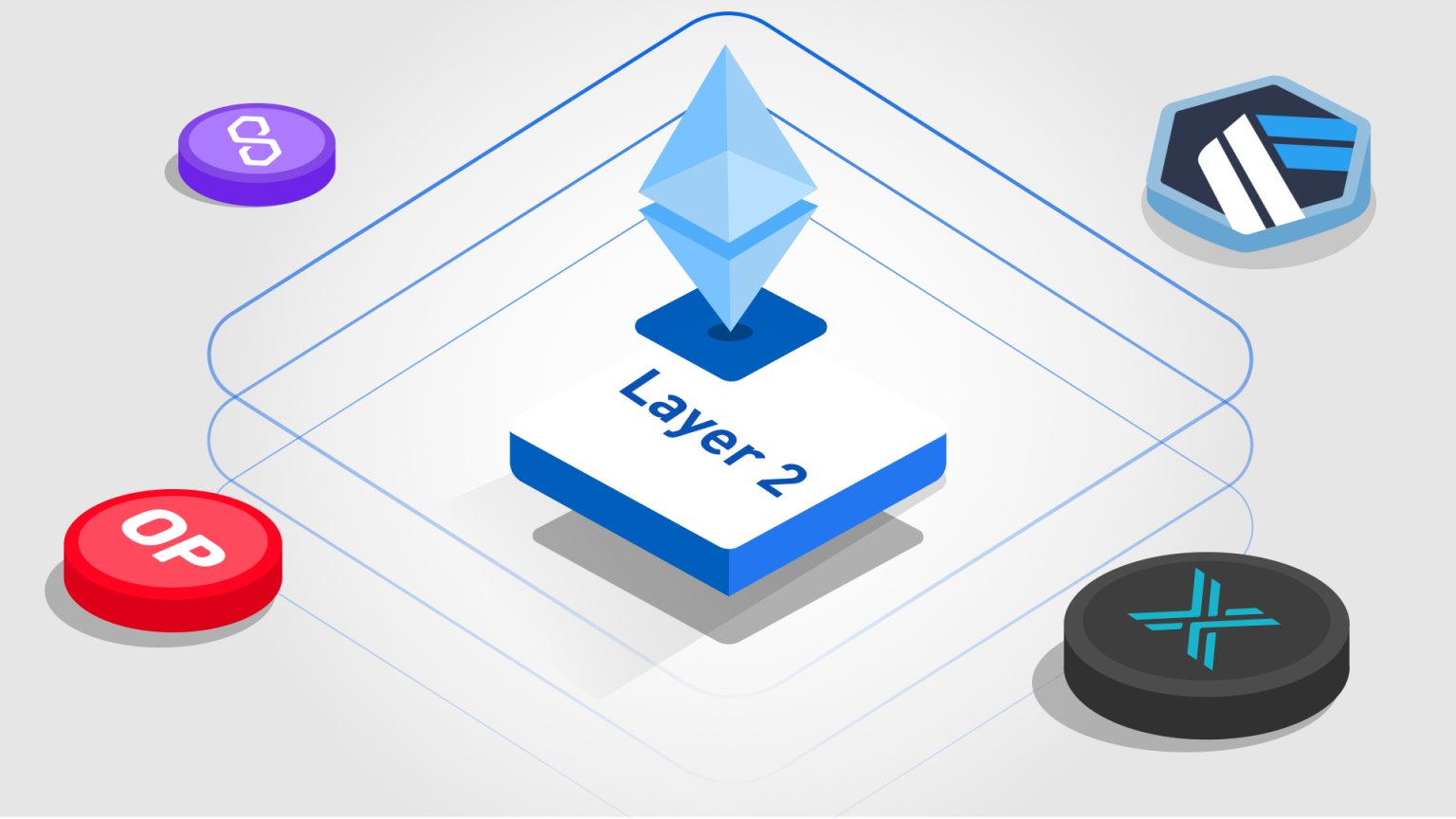







Responses